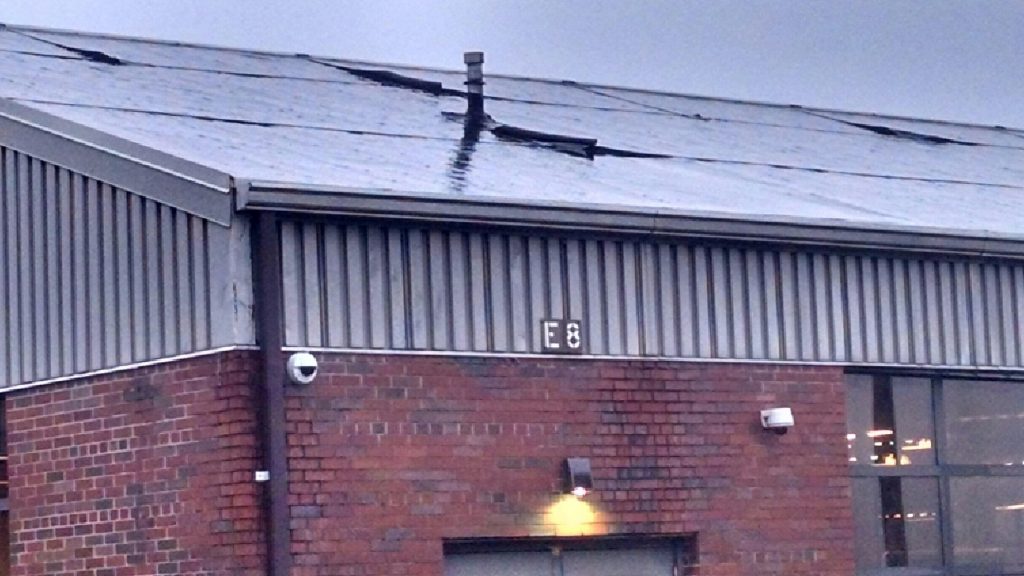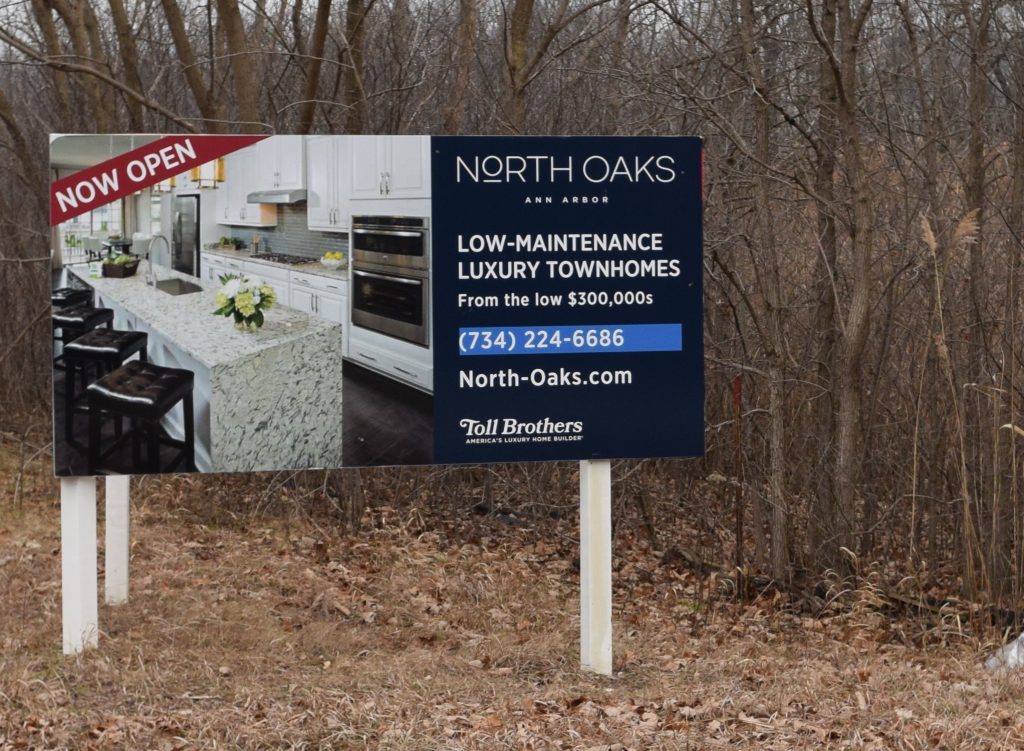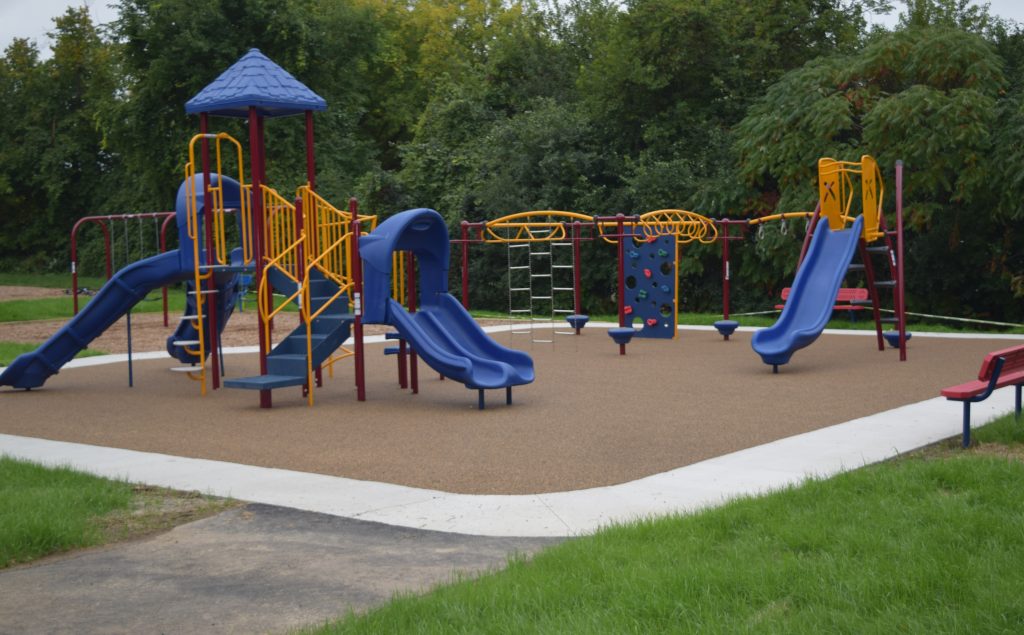
By Andrew Cluley- AAPS Communications Specialist
Ann Arbor Public Schools voters will consider a ten-year, 2.5 mill sinking fund millage this spring. Wednesday, the Board of Education voted five to two to put the question on the ballot in May. The sinking fund is expected to raise about $20 million a year, largely for building repairs, improvements and replacement of aging infrastructure. The millage will also fund expansion of facilities needed due to expected enrollment increases caused by new housing developments, and to continue progress on additional 2015 Bond Advisory Committee recommendations. The millage will cost $125 annually for every $100,000 of a home’s value.
The district currently has a one-mill sinking fund millage that is set to expire in 2019, but if voters approve the 2.5 mill sinking fund, it would replace the existing millage. The current millage raises eight million dollars but School Board President Christine Stead says it isn’t providing enough money to maintain Ann Arbor’s schools which on average are more than 60 years old. “It is not anywhere near enough to even handle one major roofing project at one of our big high schools,” Stead says. “So if we were to divert all of those funds to one thing it still wouldn’t be enough to get us there in a year.”
Efforts to focus general fund dollars on the classroom and preserve arts and athletics programs over the past decade while state funding for education was slashed caused the district to defer maintenance. Stead says the result is the district has been in fire drill mode in responding to building issues instead of being able to stay ahead of problems. “You don’t wait for your roof to actually fall in, you do try to delay it as much as you can, but within reason,” she says. “We’re a little bit past reason when we have things like students at Pioneer in the cold in January because the boiler broke again, so can we urgently fix the two pieces that are broken, or we can bring a new boiler and that would take a month and they would be cold all February.”

Repairs to Ann Arbor Public Schools’ existing 3.4 million square feet in 32 schools would be the primary use of the sinking fund millage, but it would also provide funds for additions to schools to meet increasing enrollment demands expected due to new housing developments. Over 940 new apartments, condos, and single-family homes have been approved in northeast Ann Arbor alone. Additional developments are expected on the west side of the district and in the southeast. The district plans to use general operating funds to temporarily use modular classrooms to house the additional students until the impact of the new housing can be gauged, but School Board Vice-President Susan Baskett says the district needs to be prepared. “These housing developments are going up,” Baskett says. “We showed a few and we’ve also talked with Dr. Swift about a few more that we have not listed. The children are coming, again we may not get every child, but we would look irresponsible to not be ready for these children.”

The final use of the funds raised by the millage would be to continue work identified by the 2015 Bond Advisory Committees. These committees made up of staff, parents, and community members identified needs that cost more than the funds provided by the 2015 bonds, particularly in the areas of auditoriums, playgrounds, and, outdoor athletic facilities. For example, the one million dollars dedicated to athletic facilities wouldn’t cover the cost of just replacing the turf fields that are nearing the end of their life expectancy at the three comprehensive high schools.
State law allows the district to levy up to a three-mill sinking fund, but trustees opted to put a 2.5 mill question on the ballot in an effort to balance the need for facility upgrades with the tax burden community members face. School Board Trustee Jeff Gaynor proposed a six-year millage out of concerns that the ten-year request is too long. The majority of the board however felt ten-years is a better option for planning purposes. School Board Member Jessica Kelly also wanted the millage to last for at least eight years in case federal policies further challenge public schools.
School Board Member Simone Lightfoot understands concerns about expanding the millage but says it’s necessary, particularly in light of the fact that state and federal education dollars are out of the control of the local community. “It’s the way in which we can continue to control what we do in this district while all else around us is being attacked,” Lightfoot says.

I have a question about the enrollment increase leading to a need for expanded buildings. How does the district’s decision to participate in School of Choice play into these projected enrollment increases? Without School of Choice students would the expansion to buildings still be deemed necessary even with the identified projected increase due to new housing developments within the AAPS border?
Excellent question Nicola, Yes it is projected expansion of buildings will be necessary regardless of future Schools of Choice decisions.
Thank you for your response. That is helpful to know. I have noticed that many in the community are concerned about being asked to pay yet more taxes into the AAPS system while SoC families appear to not be having to pay a fair share of the bill. Whether this is true or not, I would like to see it addressed publicly by the School Board.